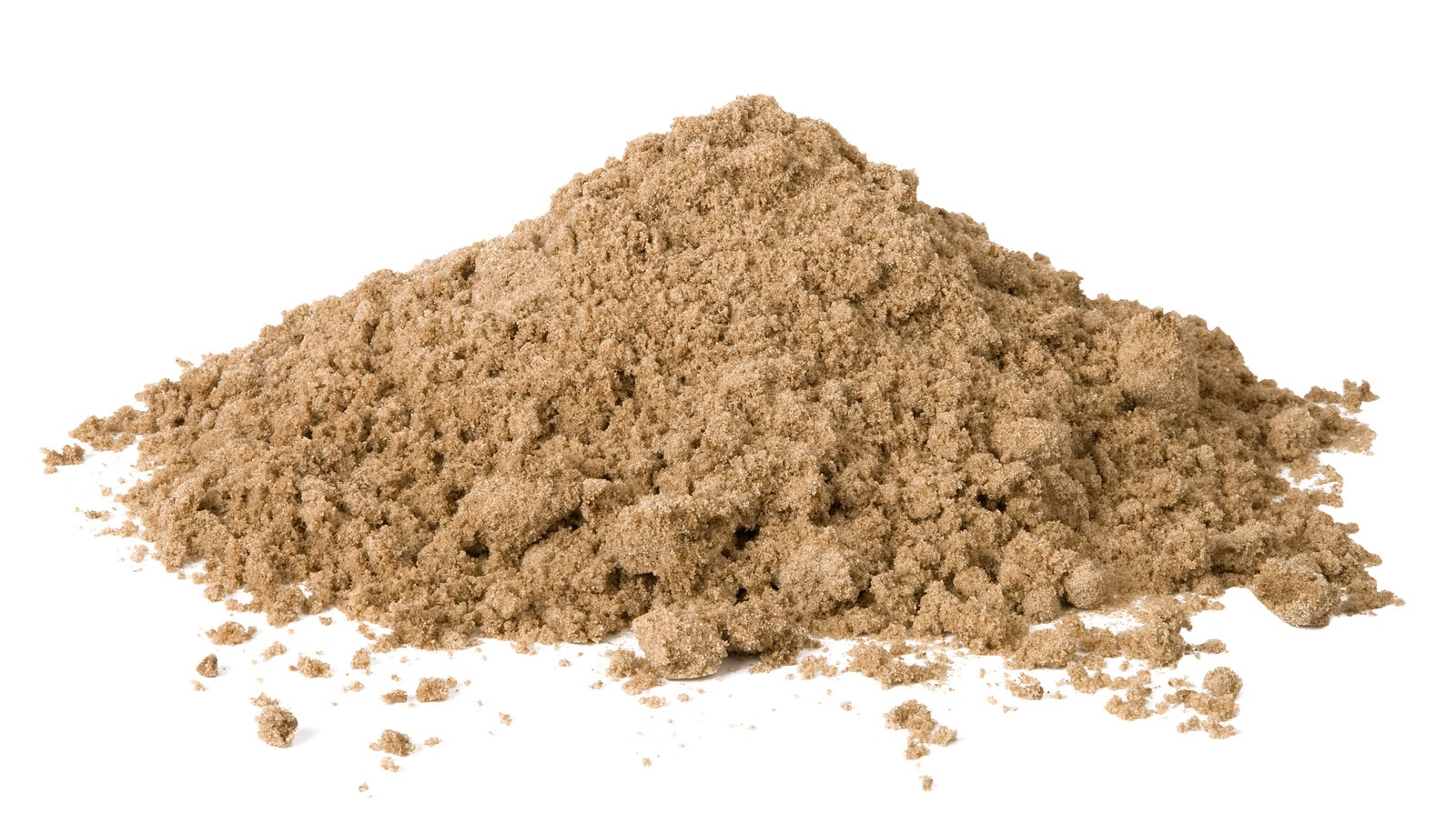Tilling vs. Plowing: What’s the Difference?
What the difference between tilling and plowing?
Old timers would know all about this one from experience. But if you’re new to farming and gardening, this post will tell you what you need to know about tilling and plowing.
Tilling vs. Plowing
Tilling
Tilling is an agricultural preparation of the soil by breaking the soil apart mechanically. However, it usually connotes the process of “combing” or “raking” the ground to sift and stir through the chunks and bits of the soil. The process doesn’t go deeper than a foot. Tilling should only be as shallow as 12 inches or lower.
Centuries ago, this is done through manual manpower — usually with a hoe, mattock, rake, or shovel.
Plowing
Technically, plowing is a type of tilling. However, it usually connotes a more specific kind of ‘tilling’.
Plowing is the more intense version of tilling. Instead of scraping the topsoil for a casual sift through, plowing is the forceful overturning and mashing of the soil to reveal the soil underneath the topsoil. This will unearth the worm colonies lurking beneath the soil. It also crushes any trash, small plants, and weed roots along the way. This brings fresh nutrients to the surface while burying the remains of previous crops, allowing them to break down.
Centuries ago, this is done by installing a plow behind working animals (horse, water buffalos, cattle, etc.)
In the modern times, both tilling and plowing can be done with farm implements such as a disk harrow. Keep in mind that you need to install the right kind of attachments and blades to get the results you want.
What’s better for the soil?

Both ‘tilling’ and ‘plowing’ is good for the soil. They’re both needed to cultivate your farm properly.
Tilling prepares the soil so your plants will germinate and grow efficiently in an even ground.
With tilling, you have to watch out on how often you do it.
On the other hand, tilling a flooded muddy soil will clog it. It would also dry out faster than how you should want it.
Plowing refreshes the planting field by overturning a brand new layer of soil. However, you want to wait until the soil that you previously buried through plowing have had the time to break down and develop. Plowing every month is unnecessary and counter-productive. It’s better to do this once or twice a year.
For more information, contact us, click here.
